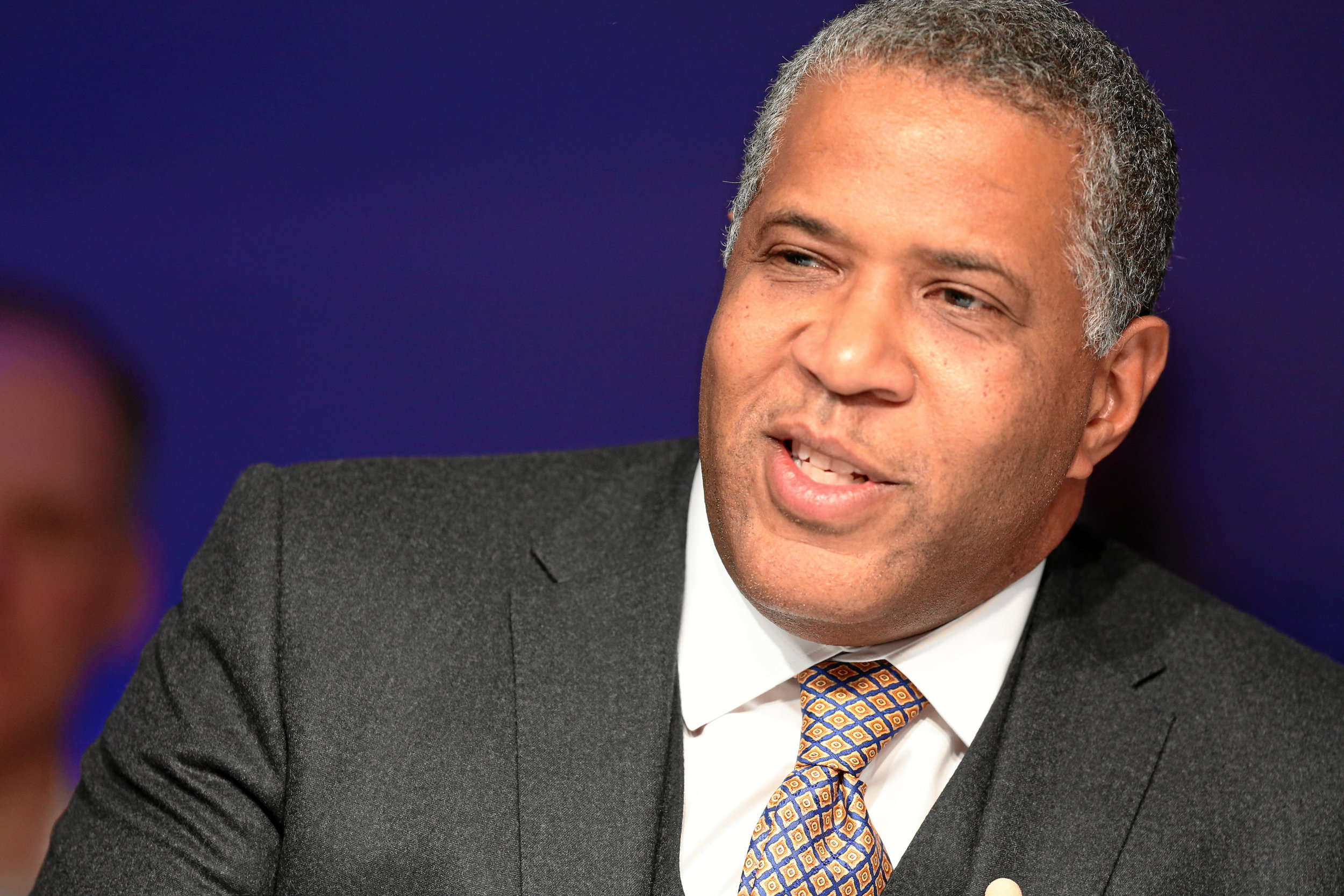by Patricia A. Banks
The dozens of million dollar donations to the National Museum of African American History and Culture (NMAAHC) have been widely reported. However, in my research on philanthropy and African American museums, I find that these gifts are part of a broader pattern of large gifts made to other African American museums and related institutions across the United States. More specifically, I find that over 10% of the donors that have made million dollar gifts to the NMAAHC have also made gifts of one million dollars or more to other African American cultural institutions across the United States (1). I describe these donors as high-impact patrons of black culture (and their gifts as a form of high-impact black cultural philanthropy) because they provide major support for the institutionalization of black culture across multiple sites. These gifts reveal that neither high-level philanthropy among black donors to African American museums nor a cluster of million dollar gifts to an African American museum are isolated phenomena. (To do a search for museums that have received a million dollar donation from a major NMAAHC donor see the African American Museums Database (AAMD) and read this).
This is not the first time in the history of philanthropy that an African American museum has attracted a long list of million dollar donors. Over a decade earlier when the National Underground Railroad Freedom Center (Cincinnati, Ohio) opened in 2004, over three dozen million dollar gifts were given to support the institution. Several of those donors, such as The Boeing Company and Coca-Cola, would go on to also give million dollar donations to the NMAAHC. Also among those donors were wealthy African Americans including media mogul Oprah Winfrey and Black Entertainment Television (BET) founder Robert L. Johnson. The Links Incorporated, a black women’s social and civic organization, also made million dollar gifts to both museums.
Among other high-impact patrons of black culture are The Bill and Melinda Gates Foundation and the Reginald F. Lewis Foundation. Founded by tech entrepreneurs Bill and Melinda Gates, The Gates Foundation is based in Seattle, Washington. Like other major cities, Seattle has a local African American museum, the Northwest African American museum. While The Gates Foundation gave a $10,000,000 gift to the NMAAHC in October 2009, that year in April they also gave a $1,000,000 million dollar gift to the Northwest African American Museum (NAAM). Three years later in 2014 they gave another grant of over $1,000,000 to NAAM and over the course of 2009 to 2016 have made several other smaller gifts to the organization.
The Reginald F. Lewis Foundation also provides an example of high-impact black cultural philanthropy. Lewis, who passed away in 1993, was a wealthy African American lawyer and businessman. His foundation was established in 1987. During his life the Lewis Foundation made million dollar donations to institutions such as Harvard University and Howard University. Honoring a wish to support an African American museum that Lewis made before his death the Foundation pledged $5,000,000 to the Maryland African American Museum Corporation in 2002. After the donation the Baltimore museum was renamed The Reginald F. Lewis Museum of African American History and Culture. In the ensuing years, the Foundation committed to a million dollar donation to the NMAAHC and has continued to support the Lewis Museum. For example, in the fiscal year ending in June 2015 a $250,000 contribution to the NMAAHC and a $50,000 donation to the Lewis Museum were granted by the Lewis Foundation.






